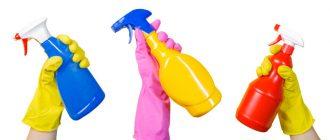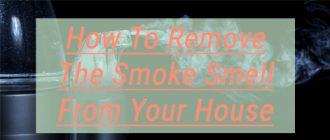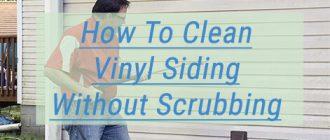Laminate floors are a prime choice for people who like the look of hardwood but not the expense as well as people who would rather install the flooring themselves. Fairly easy to install, laminate is resistant to scratches, dents and most stains and can put up with heavy duty traffic to a point. If you are using some precautions and simple cleaning techniques your laminate flooring should last quite a while.
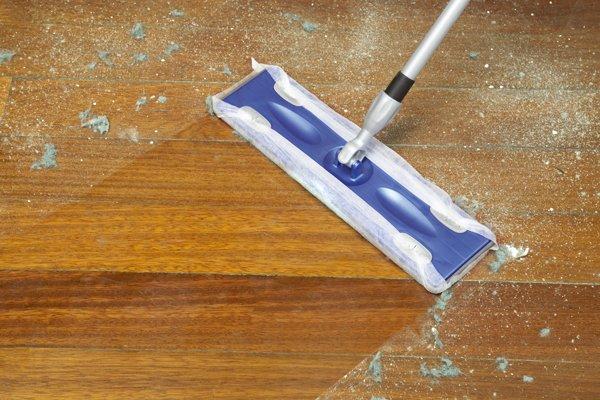
How do You Choose the Right Laminate Floor?
Laminate flooring is created from several layers fused together and can be made to look like hardwood, stone or tile. While some people say it should not be used in higher moisture areas like the kitchen, others disagree. As long as the floor is sealed properly and water is not allowed to just sit on the surface, laminate is fine in the kitchen.
The key to finding the best flooring for your home is in the “Abrasion Class” Rating which will be listed on the packaging as AC plus a number from 1 to 5. An AC 3 or higher is perfect for a busy home with lots of people and pets coming and going. A quieter home may be okay with the lower AC rating.
How Do You Prevent Damage Before it Starts?
Once your floor is installed make sure that there are no gaps or crevices where water could seep in and damage the floor beneath. Gaps are also great hiding places for dirt, dust, germs and even pests so eliminating them is a crucial step.
Try to get your family to kick off their shoes at the doors. Add mats both inside and outside of all doors so that even if shoes are not taken off at least some of the grime they have tracked through will get wiped off before making it to your floor. Make sure that the mats are durable and washable. Shake them out frequently so that dried mud and other debris does not get dragged in to the house.
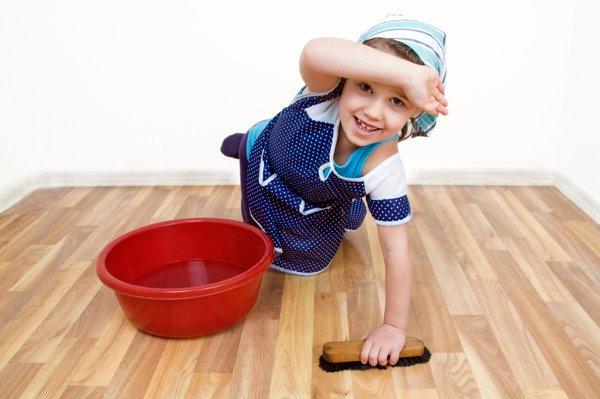
High heels should not be worn on laminate. Their pointy surfaces can cause dents and divots that may not be easily repaired. Put pads under all of the furniture especially chairs or tables that get moved frequently.
Why Should I Adopt a Daily Cleaning Routine?
Daily dry mopping or sweeping lets you get a quick glance around the floor to see if there are any issues that you should be addressing. It also lets you keep dirt and dust down to a minimum. If you only do your cleaning once a week, then you have to struggle with more dirt and pet hair before you can even mop the floor.
What About a Deeper Cleaning?
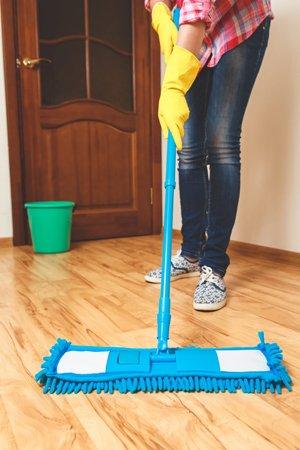 When it comes time for the regular mopping, use a damp, nearly dry mop. You can’t just soak down a laminate floor and then mop it up because you could damage the surface or worse, water could seep below to the underlying surfaces and cause warping, mildew and rot. There are products that you can use but read them very carefully. Make sure that they are labeled specifically for laminate and not “laminate friendly” because that is not always true. The flooring manufacturer may have a list of acceptable cleansers. Avoid anything that is abrasive. Powdered cleansers and some liquid “scrubbing” gels are especially harmful.
When it comes time for the regular mopping, use a damp, nearly dry mop. You can’t just soak down a laminate floor and then mop it up because you could damage the surface or worse, water could seep below to the underlying surfaces and cause warping, mildew and rot. There are products that you can use but read them very carefully. Make sure that they are labeled specifically for laminate and not “laminate friendly” because that is not always true. The flooring manufacturer may have a list of acceptable cleansers. Avoid anything that is abrasive. Powdered cleansers and some liquid “scrubbing” gels are especially harmful.
Here you can choose the best mop for laminate floors
Don’t use anything that is soapy or waxy because it will cause streaking or discoloration to the surface of the floor. Don’t try to use the “high shine” products because they are usually just a wax with a fancy name.
If you do see a stain, try to remove it with gentle techniques starting in a small area for testing before tackling the entire area.
Can I Use My Steam Mop or Steam Cleaner for a Stain?
Steam mops should be avoided on these floors however, if you have tried other methods and can’t seem to remove the stain you can use a steamer very carefully. Keep in mind that you have to protect the rest of the floor from the water that could drip from either the mop or steam cleaner.
What About Other Stains?
Vinegar and water is one of the most debated but simplest cleaners that could be suggested. Some experts say that it encourages the use of too much water while others say it is harmless as long as the floor is not overly wet and is dried afterward. You can use a mister bottle to ensure that you are not getting the floor too wet. Mix the vinegar at a 1:1 ratio meaning that to every cup of vinegar you add one cup of water. The type of vinegar that you use is a personal decision although some people swear by apple cider vinegar. Mist it directly on a stain, let sit for a few minutes and then wipe dry.
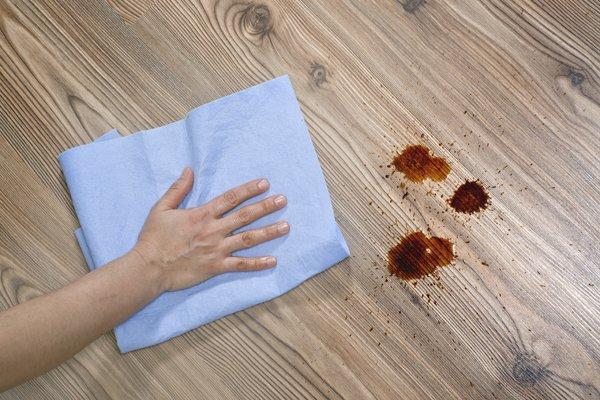
Sticky or gooey spots may need to be very gently scraped away. Do not use a metal scraper for this task. Paint, nail polish and dyes may be easiest to remove while they are still fresh but if you have missed something you can try using a nail polish remover pad with as little solvent as possible. You may have to scrub the area several different times but it should come right up without damaging the floor.
If it is overly large, you can use flour to soak up the spill. Once the spill is contained just sweep up the floor and damp mop the area to get any of the residue.
To recap:
- Avoid anything that could damage the floor including high heels.
- Daily dust mopping keeps your work to a minimum and lets you keep an eye on potential problem areas
- Damp, not wet mops once a week should be all that you need.

